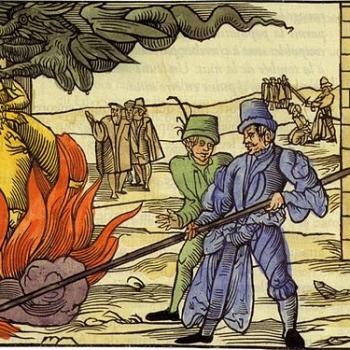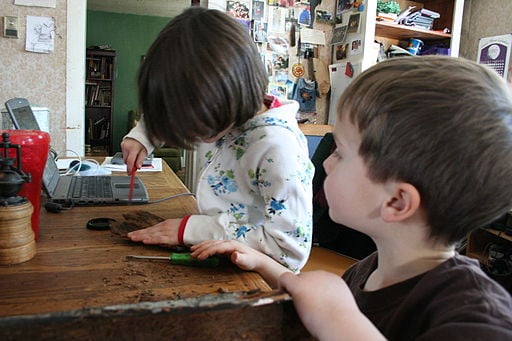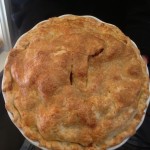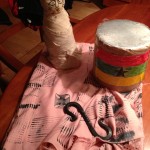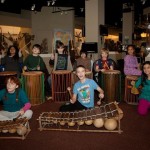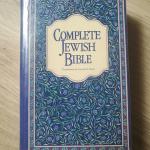 Yesterday was about the toys. Today it was the books.
Yesterday was about the toys. Today it was the books.
Growing up, I loved books. My dad paid me to read encyclopedias, but I would have read them for free. We didn’t have a ton of books in our house, but I read what I could find. That’s not quite true, actually. My dad had hundreds of chess books. But after my humiliating defeat in the 3rd grade chess championship, I vowed never to play again. So those books were safe from my not-so-gentle treatment.
I dreamed of having one of those houses with floor-to-ceiling bookshelves. I even thought it looked cool when I saw piles of books in corners and next to beds – that is when I saw them in movies, of course, because no one I knew had lots of books.
Then I grew up and went to Ed School, where I learned that the number of books in a house is a predictor of how well kids will read.
Then I married Jeff, an avid reader and a bit of a hoarder. (Our first fight as a married couple was when I tried to get him to throw out his Civil Engineering books from college. Irrelevant to him was that he was a college chaplain. So was the fact that if for some unimaginable reason he needed to whip up a bridge one day, he wouldn’t want to rely on twenty-year-old books.)
Wa-la! Welcome to our book-saturated home. Books people gave us. Books without covers. Books Jeff found on the street. Books the boys just had to have. Books we got as baby gifts and books we’ve never read. Every empty surface, it seems, is covered with books.
Following Kim John Payne’s advice in Simplicity Parenting — to reduce the amount of overload our children experience, even in their own home — I purged books for over two hours. And that was only to thin out the boys’ books. Using criteria similar to yesterday’s, I got rid of anything that was too damaged to read, developmentally inappropriate, based on a product or TV character, or was “all over the place,” meaning it was fragmented, graphically intense, or lacking cohesion.
He encourages readers to keep those books that are meaningful and can be read over and over. For older children, this might be reference books about favorite topics or favorite novels, first read to the child and then read by themselves as they get older.
He writes, “We honor the value of something (like reading) in our child’s life by fostering a deep – not disposable – relationship to it.”
As with all things of value, it seems, we can experience more it by having less of everything else.


